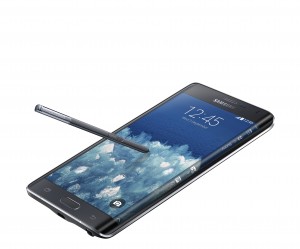Samsung implements auto-focus on the Galaxy S8 to make it a selfie smartphone
Article

The front camera on the next premium smartphones could end up being equipped with auto-focus technology
The Galaxy S8 may provide better selfies thanks to autofocus implementation | Android Authority
Previous coverage on “selfie” smartphones
What Makes That Smartphone A “Selfie” Smartphone
My Comments
Increasingly smartphone manufacturers are paying attention to the kind of photos a smartphone’s or tablet’s front-facing camera takes. This has been driven by the phenomenon where young people are using these cameras to take “selfies” – pictures of themselves. Even venue owners and event hosts are catering to this trend by providing “selfie photobooths” with the appropriate decorations and props so they can take the funniest-looking selfie.
The way most of the manufacturers have approached this issue includes front-facing cameras with a resolution not dissimilar to the rear-facing camera, use of a wide-angle lens on the front-facing camera or even integrating software logic to remove blemishes from the photos that are taken.
But Samsung has gone further with their front-facing camera by implementing an auto-focus mechanism. Typically, a smartphone would be equipped with auto-focus on the rear-facing camera because this is the one used for general photography but the front-facing camera gets a fair bit of use for both videocalls and selfies. But implementing an auto-focus camera for both of the smartphone’s cameras would be costly and not worth it due to the close proximity of the subjects.
Here, they have implemented an auto-focus cameras on both the front-facing camera and the rear-facing camera for their new Galaxy S8 Android smartphone. This will be seen as a way to differentiate their premium smartphones from the rest of the pack due to the ability to yield that sharp videocall image or selfie.
As the cost of auto-focus cameras for smartphones and tablets that yield acceptable resolution goes downhill, it could become a trend for front-facing cameras on the smartphones, tablets, laptops and similar devices to have this feature for the best Skype videocall or selfie.

